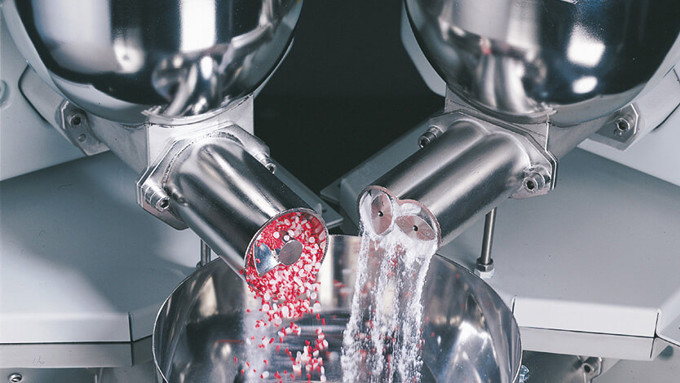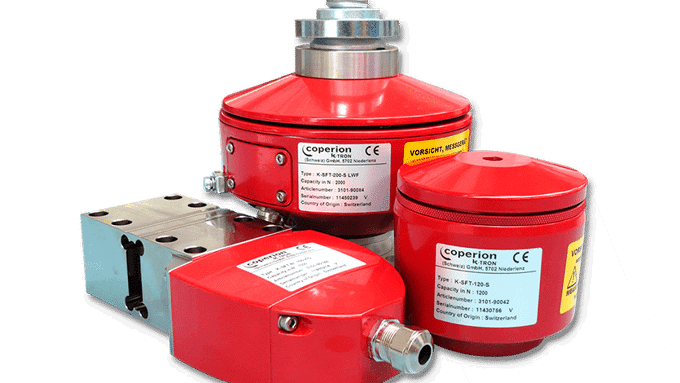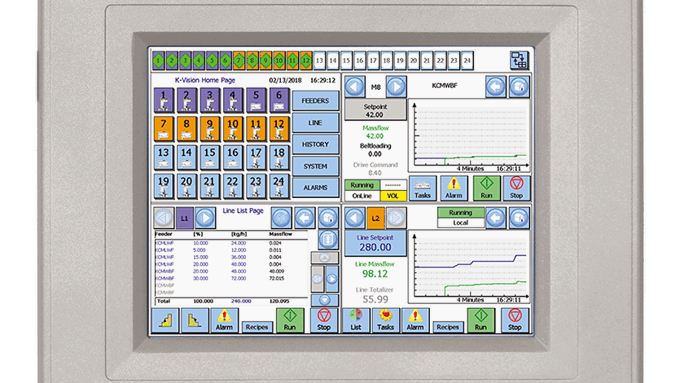Feeding Efficiency
Improved feeding accuracy has long been employed to reduce costs by avoiding the need to overfeed critical or expensive ingredients. When following a traditional “target-value” recipe where ingredient setpoints are fixed, as long as established quality limits are not violated, no specific material savings can be realized, regardless of the feeding system employed. In addition, the ongoing variability of the final product being produced when using a less accurate feeding system will be higher. However, by using the FeedSmart Recipe Optimizer to convert to a tolerance-based recipe where ingredient setpoints are adjusted to their optimum level without violating established product quality standards, and by employing a more accurate feeding system, processors can realize maximum savings. FeedSmart’s tolerance-based optimization changes the logic, and each improvement in feeding accuracy reduces recipe cost by a specific, calculable and achievable amount. It turns any improvement in feeding accuracy, no matter how small, into a lower cost recipe.








